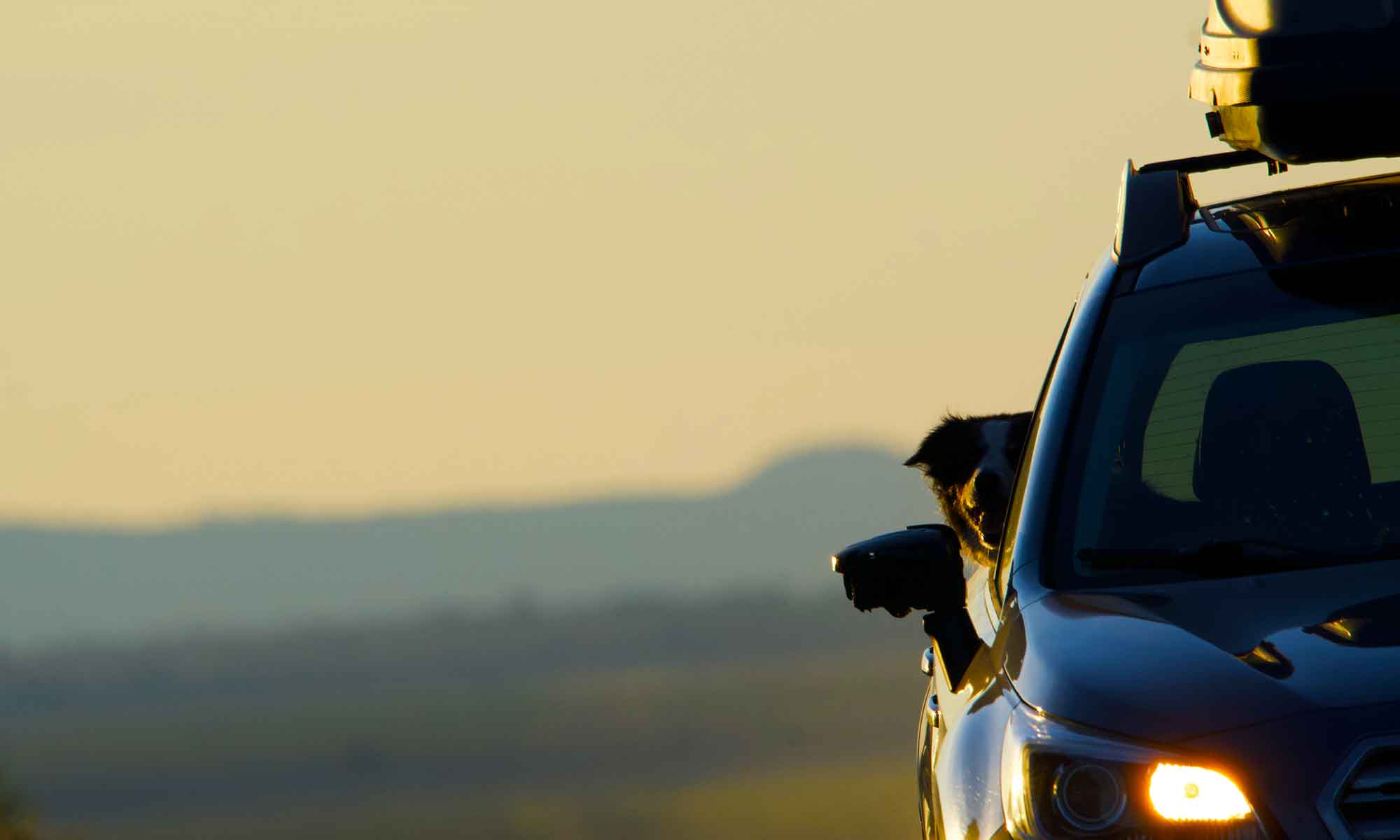
This week contained the summer solstice, June 21st, the longest day of the year. It also brought sunny days to the high desert. While we didn’t venture far from home, we did manage to visit some favorite spots.
Early summer is marked with days warmed by clear sky and daytime temps pushing into the realm of hot. However, the shrubs and grasses still hold spring greens with the added punch of a bloom or two.


There are still surprise bird sightings, even as the migration tapers off. We’ve spotted fawns, as well as fledglings, not always with camera in hand. Some of the most pleasant days are jammed into the last weeks of June and early July … if you’re lucky.
All too soon the relentless sun will bleach the color from the sage plateau. We’ll seek shade under ancient Juniper along the river’s edge. And all too soon, we will scan the horizon for a plume of wildfire smoke … all too regular these days.

The Crooked and Upper Deschutes are running at average flows and fishing better than ever. The weather is perfect for relaxing with a good read in our camp chair. We’re not ignoring the oncoming drought, just enjoying the lush start to summer.



































 Few things are more relaxing or peaceful than a spot in the shade by a quietly tumbling stream.
Few things are more relaxing or peaceful than a spot in the shade by a quietly tumbling stream.



















 April showers brought additional snow pack to the mountains and we found six foot banks on the highway between Bachelor and Elk Lake. Meaning, it will be a few weeks before you see wild flowers in those alpine meadows.
April showers brought additional snow pack to the mountains and we found six foot banks on the highway between Bachelor and Elk Lake. Meaning, it will be a few weeks before you see wild flowers in those alpine meadows.





